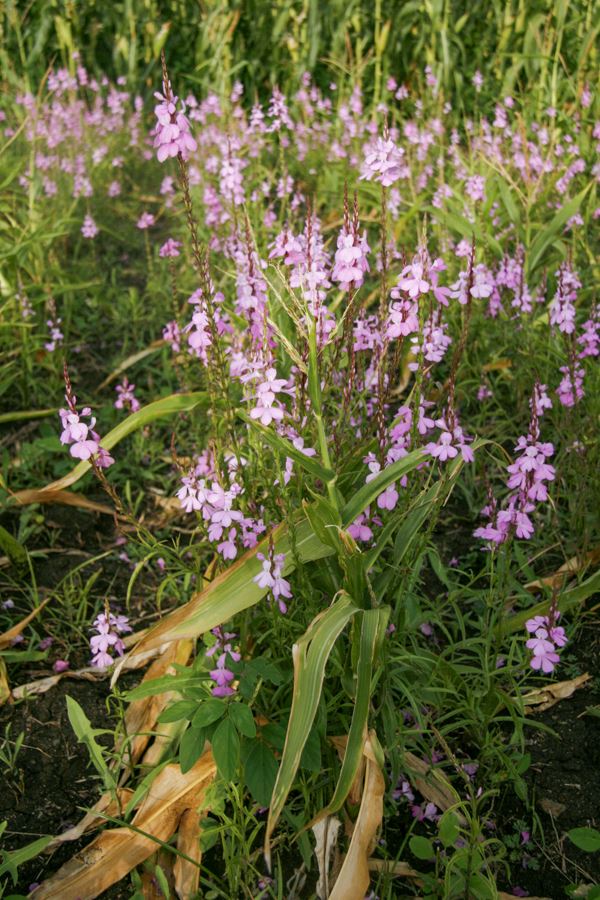A Thesis Submitted to the Faculty of Agriculture Department of Rural Development and Agricultural Extension School of Graduate Studies, Haramaya University
By
AMSALU BEDASSO
April, 2008
Haramaya University
ABSTRACT
For agriculture to enter a phase of self sustained growth and national progress to occur in the developing countries, agricultural transformation is essential. A great deal of the responsibility for bringing about this transformation rests on the shoulders of extension workers, researchers, development practitioners, and institutions involved in rural development. For extension workers, researchers, development practitioners, etc. to be successful in achieving this objective, they have to play a crucial role in increasing farmers’ competency, which is seen in their effort and ability to innovate. Strategies dealing with the diversity, complexity and variability of African rain-fed agriculture, from the start, incorporated reliance on farmers’ own knowledge and on their innovative capacity. The major concern of this study was, therefore, to identify demographic & personal, socio-cultural, wealth-related and institutional factors that could determine farmers’ innovativeness in the study area. The study was conducted in Alaba special wareda, Southern Nations, Nationalities & Peoples Regional State, Ethiopia. Multistage sampling procedure was employed to select PAs and respondents. Accordingly, six PAs were selected using Probability Proportional to Size sampling method from the two Farming Systems, viz. Teff/Haricot bean & Pepper/Livestock Farming Systems available in the area. A total of 180 farmers were interviewed to generate primary data. Interview schedule was developed, pre-tasted & used for the collection of the essential quantitative & qualitative data for the study. In addition, secondary data were collected from relevant sources. Binary logit model was employed to identify the determinant factors in farmers’ innovativeness. 16 explanatory variables were used for the binary logit model, out of which 8 were found to be significant to affect farmers’ innovativeness. These were time spent in the locality, farm experience, family size, number of livestock owned in TLU, participation in non-farm activities, mass media exposure ( frequency of radio listening), extension contact (Contact with Subject Matter Specialists and contact with woreda extension officials). Any effort in promoting farmers’ innovativeness, therefore, should consider these factors. If the same are taken in to account, any attempt to promote agricultural transformation through farmers’ innovativeness could be successful.


